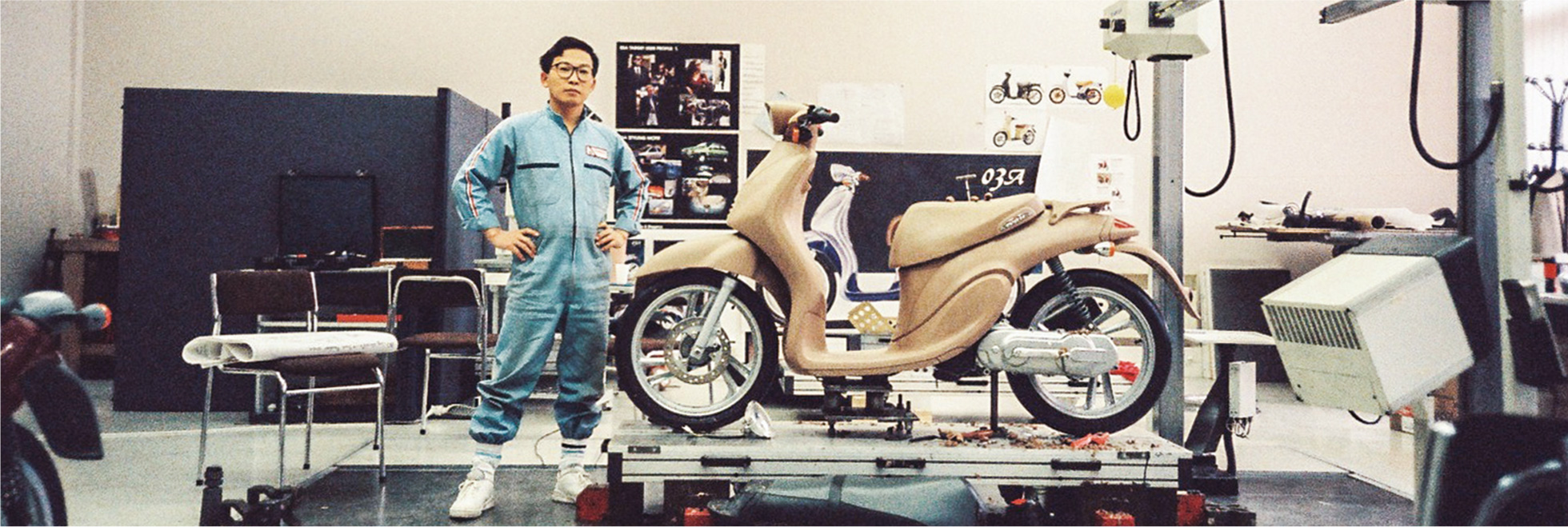It was at an evaluation meeting held in the summer of 2011. Yamaha Motor was creating a new in-house design division and we were debating whether or not ELM Design should be absorbed into it. Our team had been studying, mulling over and discussing this issue for quite some time and at the end of it all, it was decided that ELM Design would be absorbed. But I was the only one who voted against it.
I was proud of the designers that made up ELM Design and the company I’d nurtured to try to take our product design capabilities to the highest level. Considering design excellence to be the end-all be-all, we implemented all kinds of measures to push our limits.
From its founding, Yamaha Motor had always been a company that believed product design should be left to professionals, and that’s how the company actually operated. Yamaha’s stance of keeping design work separated from the rest of the company to avoid the influence of in-house theorizing was a stance also widely known throughout the design world, and that’s what drew me to join IDL. Even many of the designers at the boat design office—Yamaha’s only remaining in-house design group at the time—moved to join ELM Design in 1995.
However, times change. Without connecting product design to brand strategy, you can’t profess to be a company that truly values design. If we were to honestly admit our devotion to the importance of design, we wouldn’t have hesitated to accept this change, because we ourselves had decided to expand our fields of activity and aim for greater heights.
Thinking back, one aspect of both IDL and later ELM Design was that they were group companies that had given birth to new vectors of value in areas besides motorcycles. What also set them apart was that they both had a large number of designers with backgrounds in home appliances, electronic devices and architecture. The mindset that we should always create things that were innovative and stylish was something strongly engrained in our DNA.
Of course, there are always moments of doubt when creating something new. What’s scary is saying something is “new” when it’s merely a form of self-indulgence or overeagerness. Although it may not be comparable to Darwin’s theory of evolution, it’s very important to stop and ask yourself if you would have made a different choice at the moment some new evolution took place. The reason for a product’s form that you had believed in unquestioningly until then may already be irrelevant because of new advances in manufacturing technology. If you can discover new motivation, it can reveal new forms, and pioneering new and previously unknown fields is great fun.



